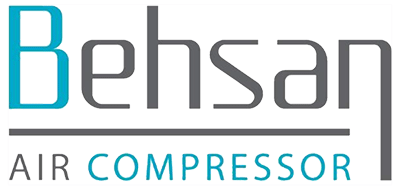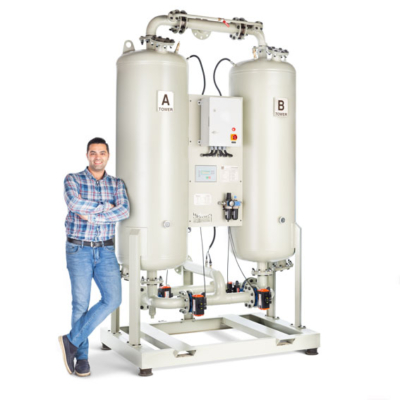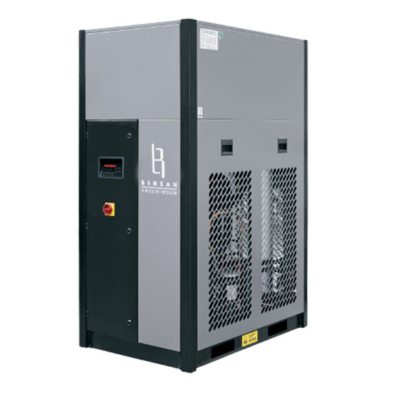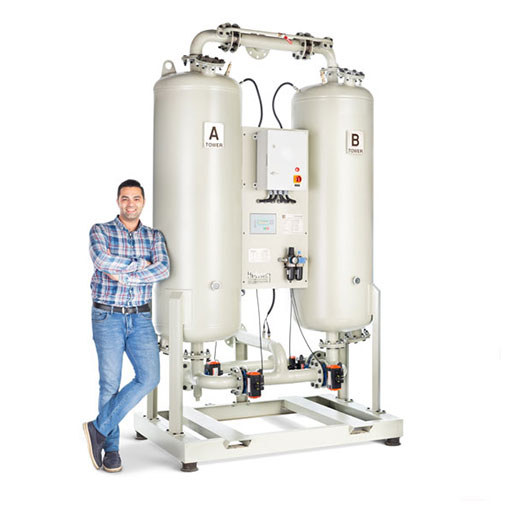Behsan dryer
Behsan dryers are divided into two categories: Refrigeration Dryers and Absorption Dryers
One of the important and main parameters in the compressed air industry is the issue of compressed air quality.
Industrial managers use compressed air drying systems to reduce costs caused by the harmful effects of compressed air humidity.
The main destructive effects of humidity in the compressed air system:
- Formation of deposits in compressed air pipelines, corrosion in pipelines and pneumatic equipment
- Increasing repair costs of pneumatic parts and equipment
- Creating errors in the measurement of instrumentation equipment, reducing quality in production
- Increased costs due to the presence of moisture in the compressed air system
How refrigeration dryers work:
Refrigeration dryers work like home refrigerators using a refrigeration cycle and cool the air up to 3 degrees Celsius.
They also perform distillation and separation of water from air during a process.
Then the air reaches the temperature of the air entering the dryer and is directed to the consumption system.
A dew point of 3 degrees means that no dew will form until the compressed air temperature reaches below 3 degrees.
This amount is suitable for the air required in pneumatic jacks.
These types of dryers are used due to the freezing of water up to the dew point of 3 degrees Celsius, and they generally do not require special maintenance and repairs.
An example of the operation of the dryer in the compressor:
The screw compressor with a power of 37 kW has a production capacity of about 6000 liters per minute at a pressure of 8 bar.
This compressor produces about 6.5 liters of water vapor every hour at an ambient temperature of 25 degrees Celsius and a relative humidity of 70%, which after being compressed by the compressor by about 75%, it condenses into small water droplets. It is injected into the consumption system.
Absorption Dryers have two towers and in some cases three towers or pressure tanks.
Both of which are filled with absorbent materials such as activated alumina, silica gel, molecular mesh or other absorbent materials.
In these dryers, the compressed air loses its moisture to a large extent by passing through the moisture absorbent materials in these tanks, and after absorbing water by these materials, the dryer uses the compressed air produced in the system, into the substrate. Saturated absorbent material is blown away and repels moisture.
The adsorbent lowers the dew point pressure of the compressed air to prevent water from distilling.
In these dryers, the dew point is around -40 ˚C.
In some industries, the dew point required for operation is -70 ˚C, which means that due to the lower temperature, the amount of water distilled is also lower.
Absorption dryers use various methods to purify compressed air.



